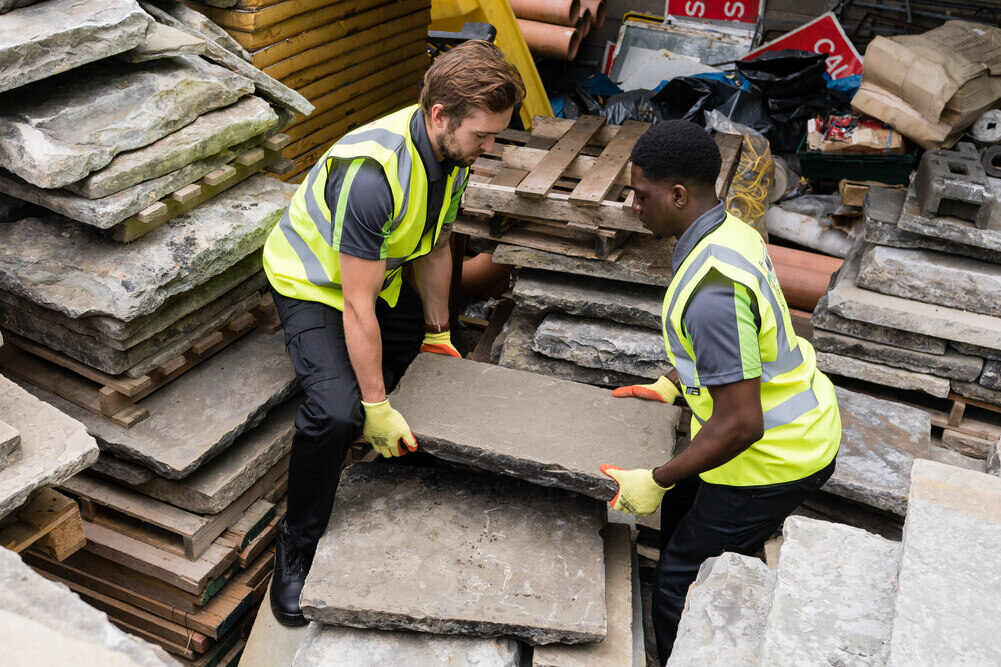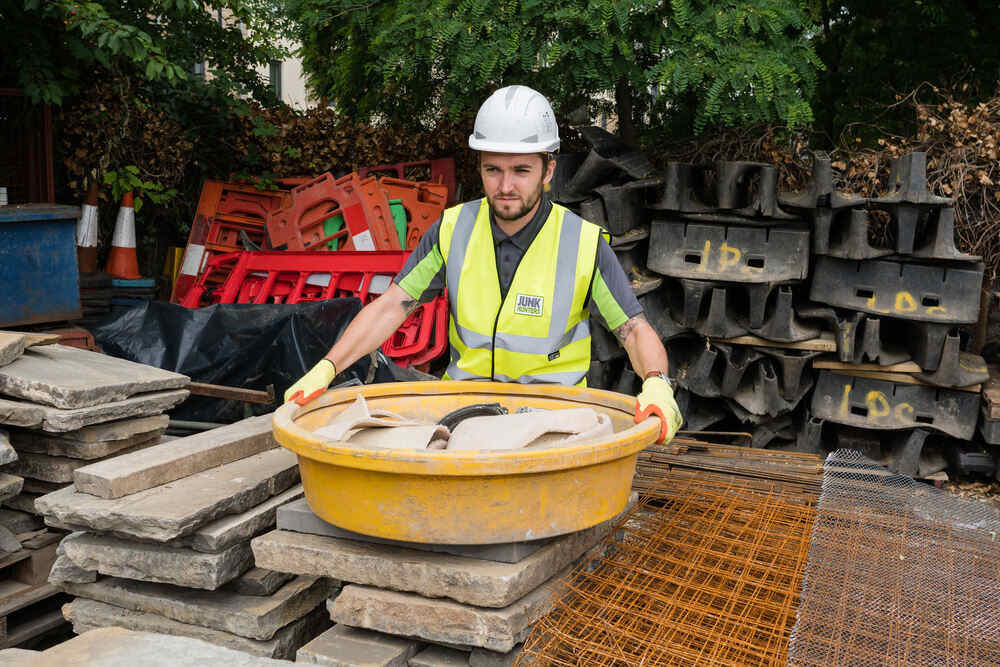Over the last few years, London’s skyline has changed dramatically with skyscrapers. Beautiful and majestic structures are dominating the skyline expressing the architectural dexterity and majesty. Experts estimate that many more such structures are expected in the near future. This is a clear indication that there is an increase in population thus creating a demand. While the demand of new homes and buildings increase, it is important that a system of safe building waste disposal is incorporated at the onset. It is estimated that 32% of all waste being dumped in the United Kingdom is from construction waste! Experts estimate that over 120 tonnes of waste gets generated annually at construction sites.
If building waste is not properly disposed off, the possibility of debris becoming a huge garbage mounds multiplies. Here are some things that need serious consideration when dealing with safe building waste disposal;
- Health
- Area
- Population
- Effect on the environment
- Recycling
Health
The importance of health is one of the top most priorities of any given city. Safe removal or recycling of building waste disposal will ensure that the people you are building for are safe. Building waste if not properly disposed off can become a health hazard. It can be a fertile ground of diseases such like a breeding ground for vermin, mosquitoes and harmful rusty metal can cause tetanus infection.
Area
The city of London is estimated to be 1,572km2, a small size for a city that increasingly growing larger by the day and no wonder the large number of skyscrapers coming up all over. There is limited space to operate in, the importance of safe building waste disposal is vital. A key element one has to consider before one engages with any construction company is that they would ensure the safe disposal of building waste as the building is being constructed and at the completion of the work. A building that does not have a system of disposal of waste is hazardous not only to itself but to all surrounding it.

Population
By the end of 2016, it was reported that London had a population of approximately 8.788 million. It is the third most populous city in Europe and the welfare of all these people is determined by city planners. One such consideration is to ensure that Londoners and visitors are enjoying everything; space, clean environment, healthy living quarters, good infrastructure among other things pertaining to that city without cause of injury or harm that may be brought by the inability to have safe building waste disposal. If the building waste is not disposed off, it can cause blockages of clean water and human waste infrastructure causing more harm than good.
Effects on the environment
Building waste does have harmful effects on the environment. The building waste often includes concrete, wood, asphalt, glass, plastic, metals; pollute the land and the air if they are not managed in a proper manner. The above will not decompose and cause harm to the soil thus polluting the earth, food produced which ends up endangering humans.
Recycling
Organizations that have incorporated recycling of materials disposed or debris are enabling business to be conducted more efficiently and effectively. When considering safer methods of disposing of building waste recycling has be taken into account. The first step is sorting out the materials that can be recycled and this removed approximately 30% of all debris. The removal of huge building materials then leaves smaller materials that can be then collected more efficiently and disposed off.
It is very important to factor in the importance of safe building waste disposal in order to live a harmonious and healthy life.



